Sodium Lauryl Sulfate (SLS), a common surfactant, is used in cleaning products, cosmetics, and personal care items to emulsify oils, create lather, and help remove dirt and grime.
Here’s a more detailed explanation:
-
Surfactant Action:SLS is a surfactant, meaning it reduces the surface tension between water and oil, allowing them to mix and clean effectively.
-
Cleaning Power:It helps to lift dirt, grease, and other impurities from surfaces and suspends them in water for easy rinsing.
-
Foaming Agent:SLS is known for its ability to create a rich, foamy lather, making it a popular ingredient in shampoos, soaps, and other cleansing products.
-
Common Products:You’ll find SLS in a wide range of products, including:
- Shampoos and conditioners
- Soaps and body washes
- Toothpaste
- Household cleaning products
- Dish soaps and laundry detergents
- Shampoos and conditioners
-
-
Safety:While generally considered safe for use in cleaning products and personal care items, some individuals may experience skin irritation or allergic reactions to SLS.Sodium lauryl sulfate (SLS), a common surfactant, is used in a wide range of products, including shampoos (10-25%), toothpastes (1-2%), and cleaning products (0.5-2%), with concentrations varying based on the product and intended use.Here’s a more detailed breakdown of SLS usage:
-
Cosmetics and Personal Care:
- Shampoos: SLS is a common ingredient in shampoos, often used at concentrations ranging from 10% to 25%.
- Toothpaste: It’s also found in toothpastes, typically at concentrations of 1 to 2%.
- Skin Cleansers: SLS is used in skin cleansers at around 1% concentration.
- Other Products: It can also be found in hand soaps, body washes, and other personal care products.
Cleaning Products:
- Household Cleaners: SLS is used in household cleaners and detergents, with concentrations ranging from 0.5 to 2%.
- Shampoos: SLS is a common ingredient in shampoos, often used at concentrations ranging from 10% to 25%.
-
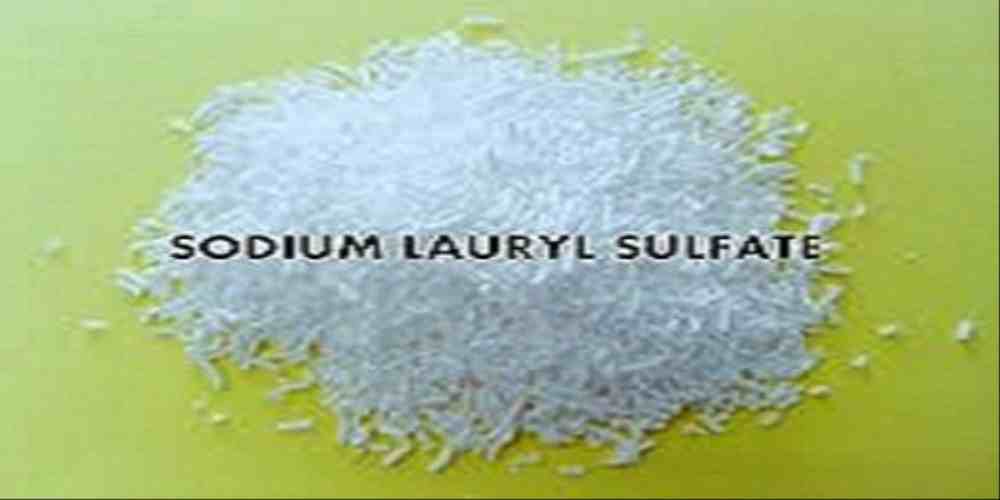
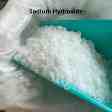
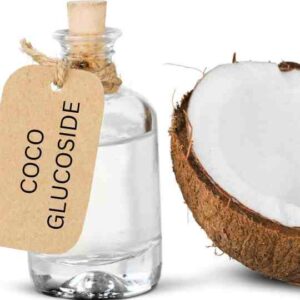
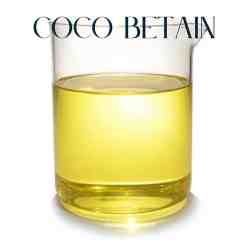
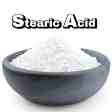
Reviews
There are no reviews yet.